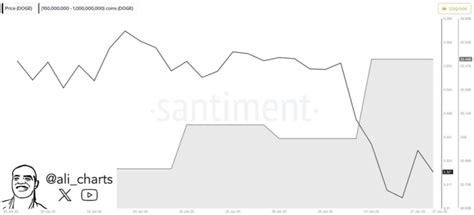“The Rise and Fall of DOGE: How Supply and Demand Shaped Cryptocurrency Market Cap”

In the world of cryptocurrency, few assets have captured the attention of investors and enthusiasts like Dogecoin (DOGE). Launched in 2013 by Billy Markus and Jackson Palmer, DOGE initially found success among gamers and collectors before reaching mainstream popularity. In this article, we take a closer look at the crucial role that supply and demand play in determining Dogecoin’s market cap.
Supply vs. Demand
Essentially, cryptocurrency is based on a decentralized network where miners compete to solve complex mathematical problems in exchange for newly minted coins. The amount of money circulating in the market is determined by two key factors: supply and demand.
Supply refers to the total number of DOGE tokens created, with a cap of 1 billion. While the rate of new coin creation has slowed over time due to increased competition and regulatory scrutiny, the total supply remains constant.
On the other hand, DOGE’s
demand varies greatly throughout its history. In its early days as a meme-based cryptocurrency, DOGE’s price rose rapidly due to a combination of factors including:
- Early Hype
: DOGE was one of the first cryptocurrencies to gain mainstream attention, with many investors eager to get in on the action.
- Meme Culture: The rise of social media platforms like Twitter and Reddit allowed Dogecoin users to share their love for the currency, creating a sense of community and fueling demand.
- Scarcity: As DOGE’s popularity grew, so did its scarcity. The limited supply of the token created a sense of urgency among investors, driving up prices.
However, as time went by, DOGE’s price started to decline due to various factors, including:
- Regulatory Scrutiny: In 2017, the U.S. Securities and Exchange Commission (SEC) issued a warning notice on DOGE, labeling it as a “security” and requiring investors to register their investments.
- Market Fluctuations: The cryptocurrency market is known for its volatility, which led to increased selling pressure on DOGE.
Price Action
Dogecoin’s price action has been shaped by the interplay between supply and demand. Here is a brief overview of the major price movements:
- 2013-2017: DOGE experienced rapid growth due to its initial hype and meme culture.
- 2018-2020: The price dropped significantly after regulatory scrutiny and market fluctuations.
- 2021-present: Despite continued volatility, DOGE price has shown some signs of stabilization.
Conclusion
The rise and fall of Dogecoin serves as a reminder that cryptocurrency is inherently subject to the dynamics of supply and demand. While the initial excitement around DOGE created an environment where prices skyrocketed, regulatory scrutiny and market fluctuations ultimately led to its decline. As investors, understanding these factors can help you make more informed decisions about investing in cryptocurrencies like DOGE.
In conclusion, the history of Dogecoin is complex and highlights the intricate relationships between supply and demand in the cryptocurrency market. By examining historical price movements and market conditions, we can gain valuable insights into the factors that drive the prices of these assets.
Leave a Reply